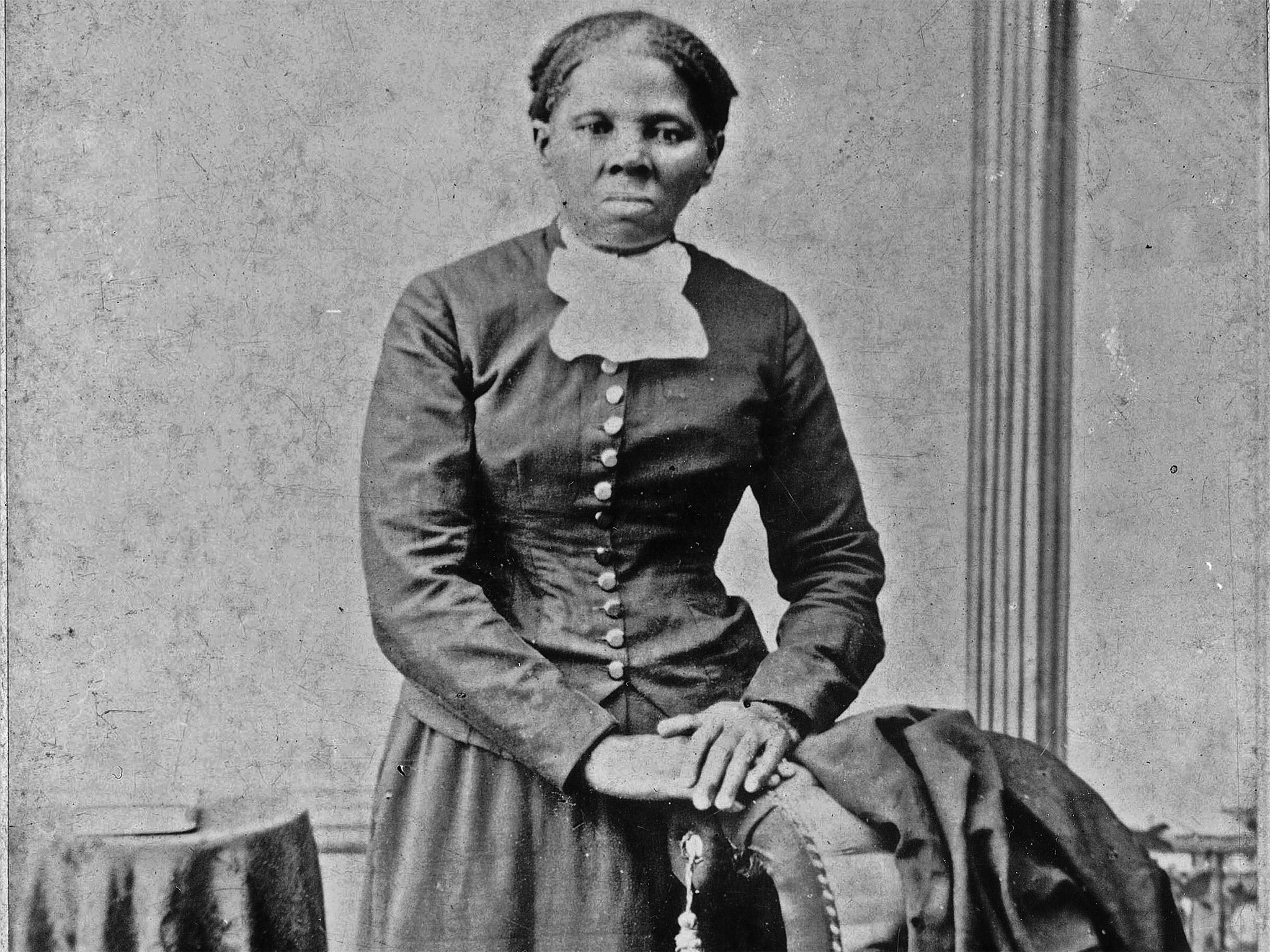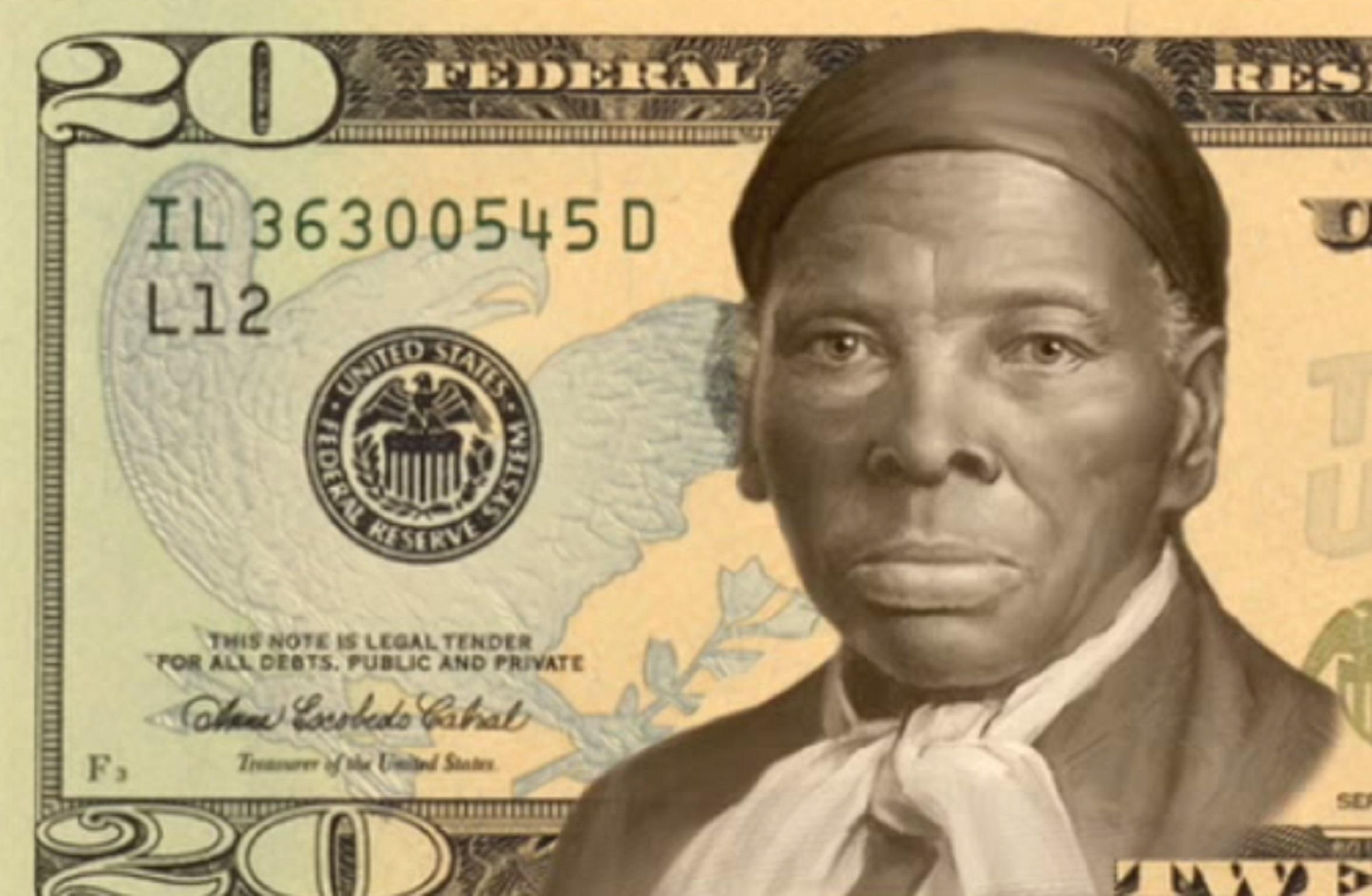Harriet Tubman: How an abolitionist icon made it on to the US $20 bill
A public campaign pushed for the celebrated humanitarian to be honoured

A woman will finally have her day on the US currency. The problem is that Harriet Tubman, born a slave and a leading abolitionist and humanitarian, won’t appear on a revamped $20 bill for a decade or more. In the meantime Alexander Hamilton still rules.
Such is the gist of the changes in the design of US banknotes reportedly being announced by Jack Lew, the Treasury Secretary. They involve a new $10 bill that will still feature Hamilton, the country’s first Treasury Secretary, with a scattering of women on the back, and - further down the line - a revamped $20 note where Tubman will replace Andrew Jackson, the country’s seventh president.
The overhaul represents a reversal by Mr Lew that is unlikely to go down well with the feminist movement. In July 2015, he declared that a woman would replace Hamilton on the front of the $10 bill, due to appear in 2020, the centenary of passage of the 19th amendment to the constitution, giving women the right to vote.

But that plan has been scrubbed. Hamilton will stay on the front, while heroines of the US suffragette movement like Susan B Anthony will only feature on the reverse, a perceived indignity that some women’s advocates have already denounced.
“It’s another ‘wait your turn’ moment for American women,” the author and political commentator Cokie Roberts wrote in the New York Times, assailing this “blatant and insulting statement of womens’ second class status.” Her proposal is that a Hamilton stay on the front of the banknote – not Alexander but his wife, Elizabeth, who saved his political career and then supported her penniless family after her husband was killed in his famous duel with Aaron Burr.
Mr Lew’s reversal stems from several factors, starting with the intense conservatism of Americans about their money. Since the Federal Reserve began life in 1913, dollar bills have always been adorned with 18th and 19th century presidents, and a couple of Founding Fathers, Hamilton and Benjamin Franklin (who adorns the $100 note, the most valuable in curculation.)
Futhermore, could any Treasury Secretary really demote his most celebrated predecessor, who shaped the early US financial system, and was a passionate advocate of a powerful central bank?
And of late a new problem has emerged. Thanks to the hip-hop musical Hamilton, Broadway’s biggest smash in years, Alexander is currently the hottest of the Founding Fathers, to the extent that a re-issued 2004 biography of the great man is now No 4 on the Times best-seller list.
Andrew Jackson, president from 1829 to 1837, is by contrast an obvious target for removal. He was a slave owner and ruthless foe of the American Indian, who also far preferred gold and silver to new-fangled paper currency. Unfortunately, the need to update the security of the $20 bill and other bureaucratic procedures, mean that Harriet Tubman may not be in American’s pockets until 2030.
Join our commenting forum
Join thought-provoking conversations, follow other Independent readers and see their replies
Comments